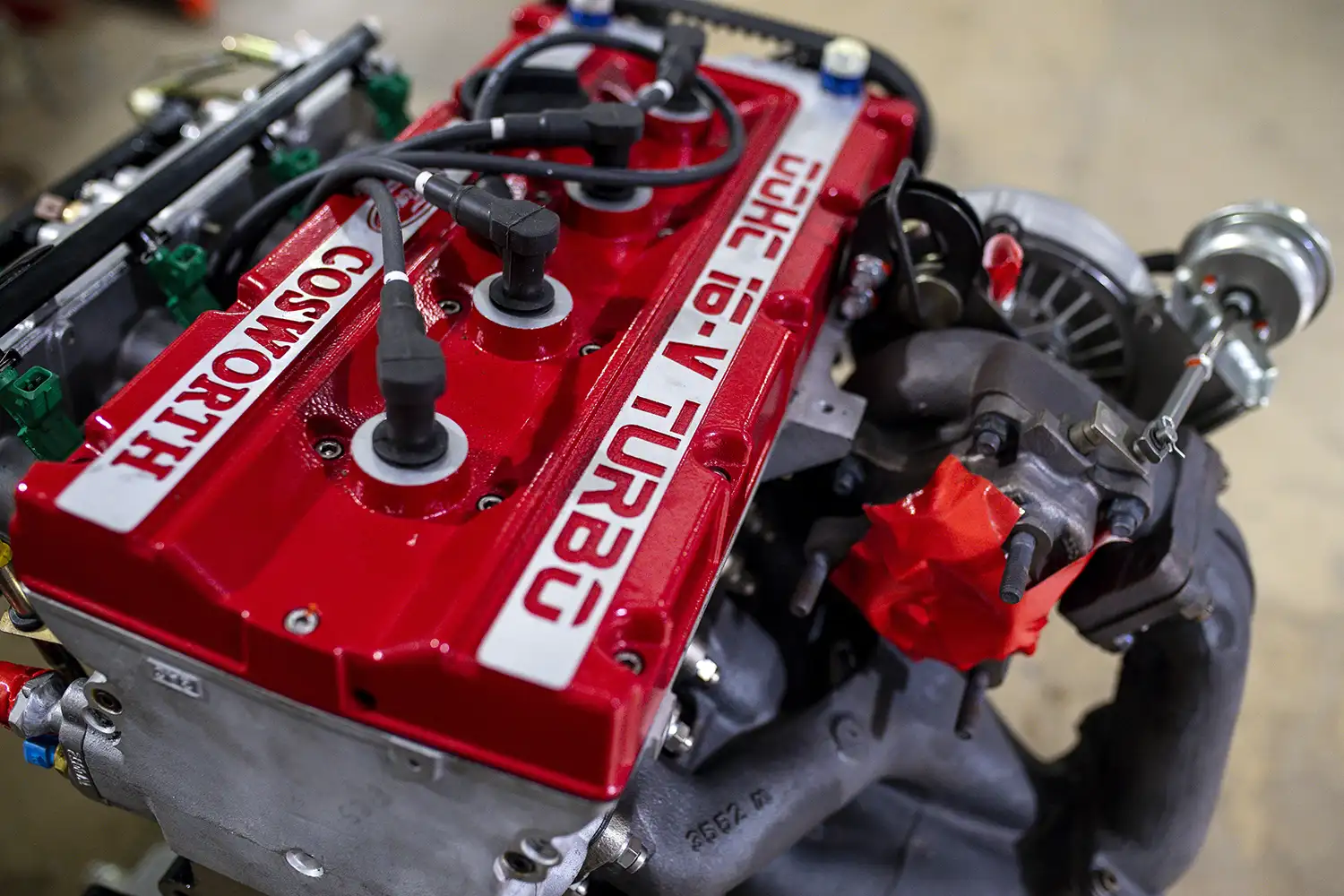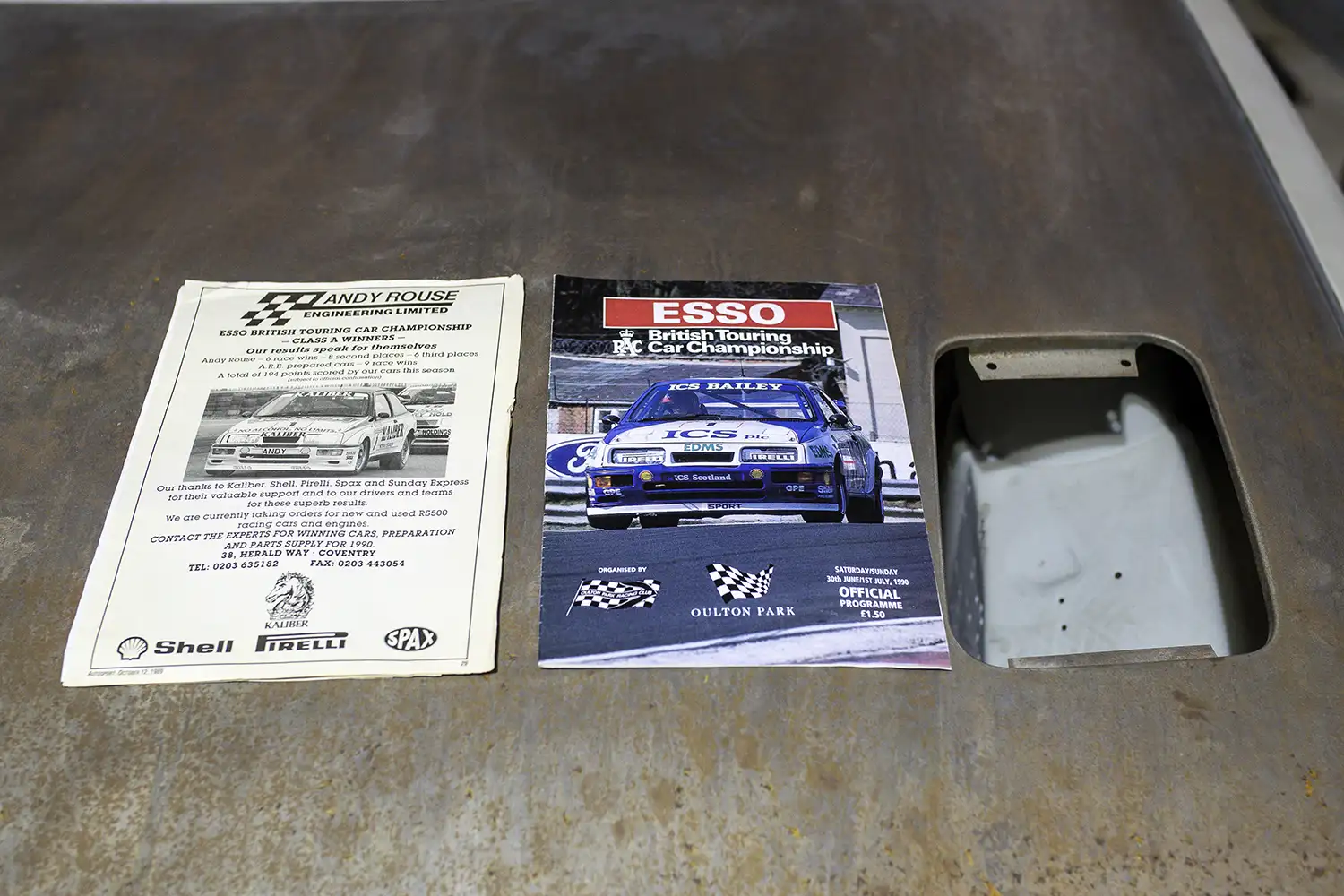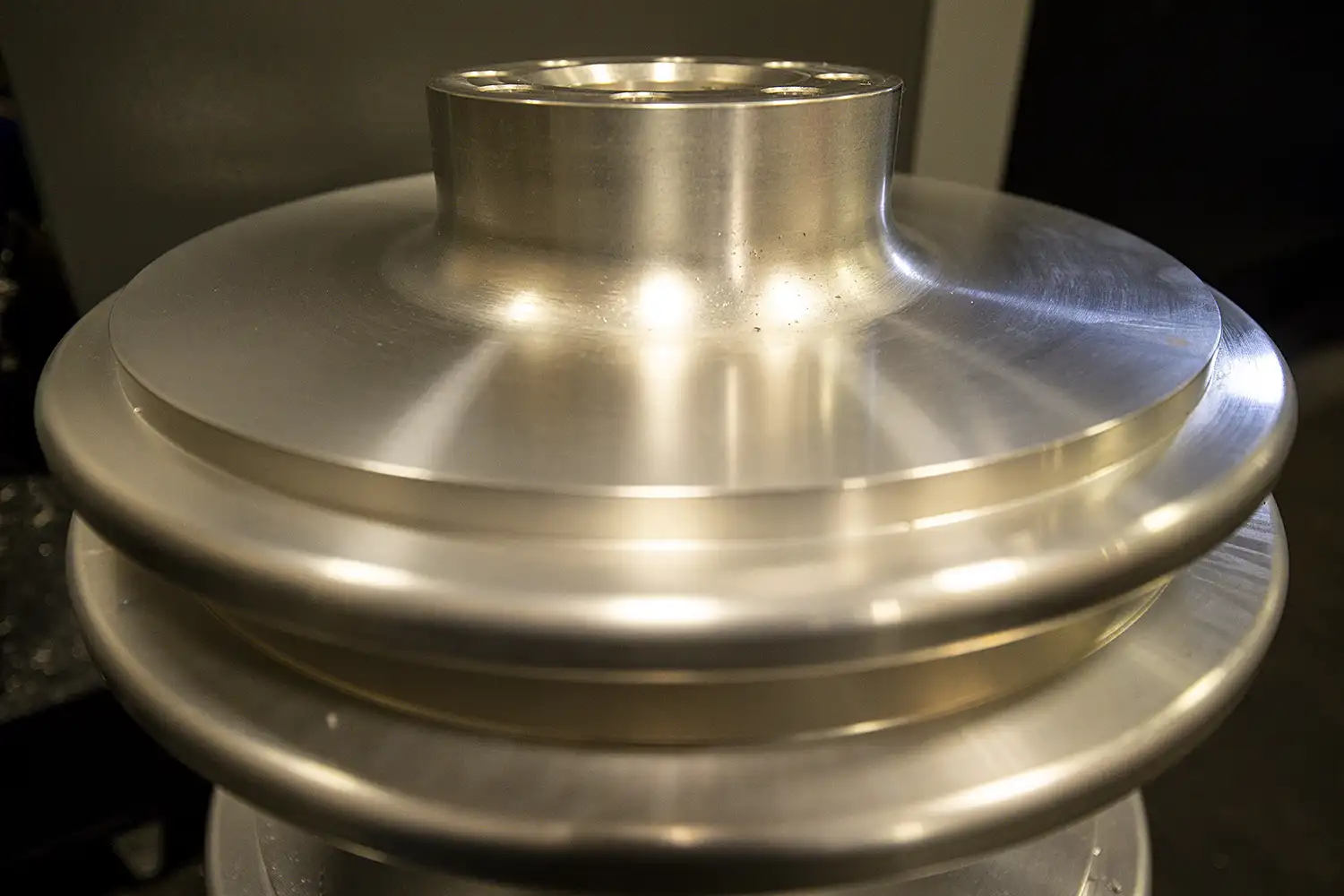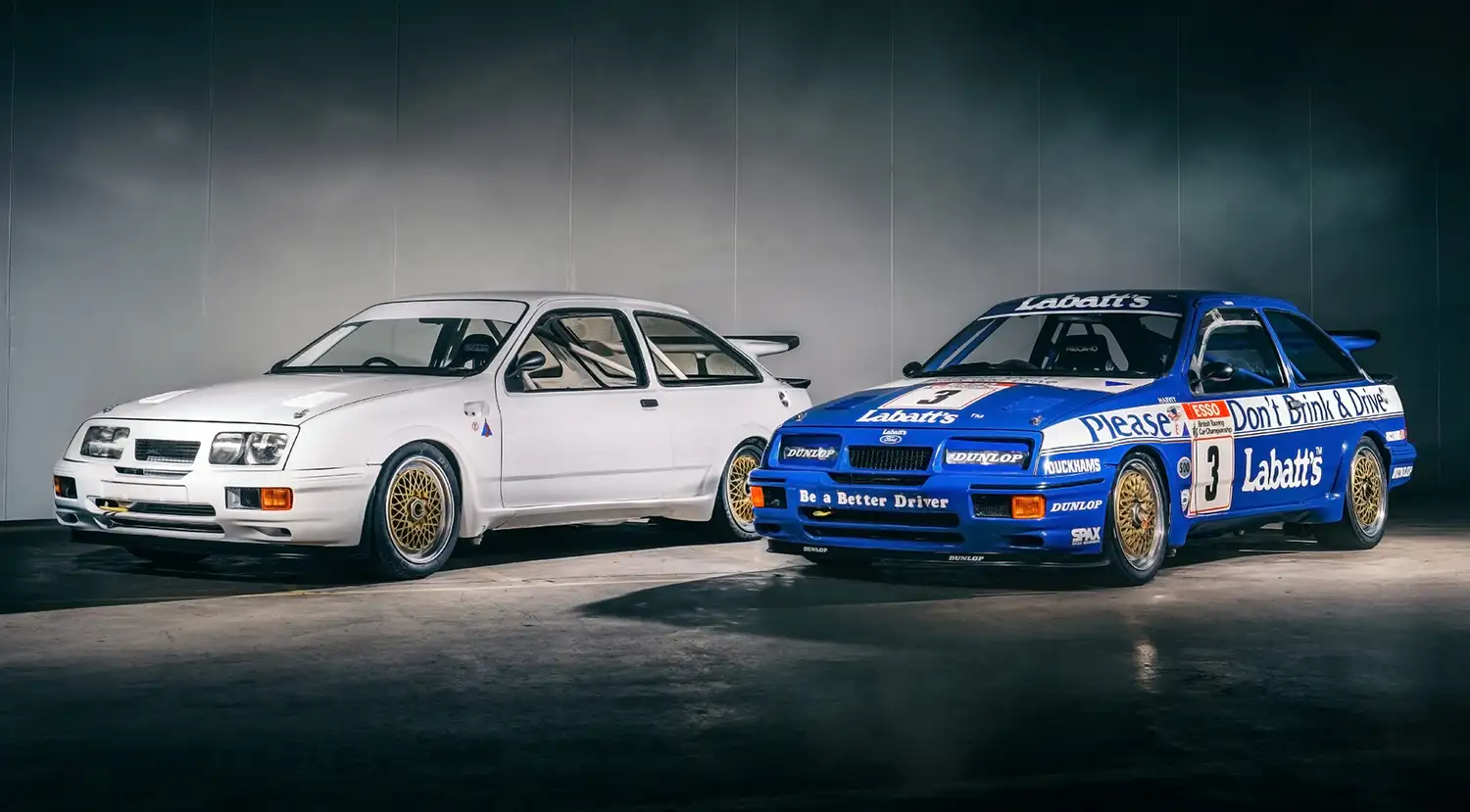
CNC Motorsport has proudly delivered the first continuation Andy Rouse Engineering specification Ford Sierra RS500 Group A race car, marking a significant milestone for motorsport enthusiasts. This historic vehicle is one of three planned builds sanctioned by legendary driver Andy Rouse, renowned for his achievements in touring car racing.
The first car took two years to complete, assembled by Alan Strachan—who worked with Andy Rouse Engineering from 1989 to 1996—and his son, Andrew. Their meticulous craftsmanship ensures that this car is a faithful recreation of the iconic RS500s, ready for historic race events with full HTP papers.
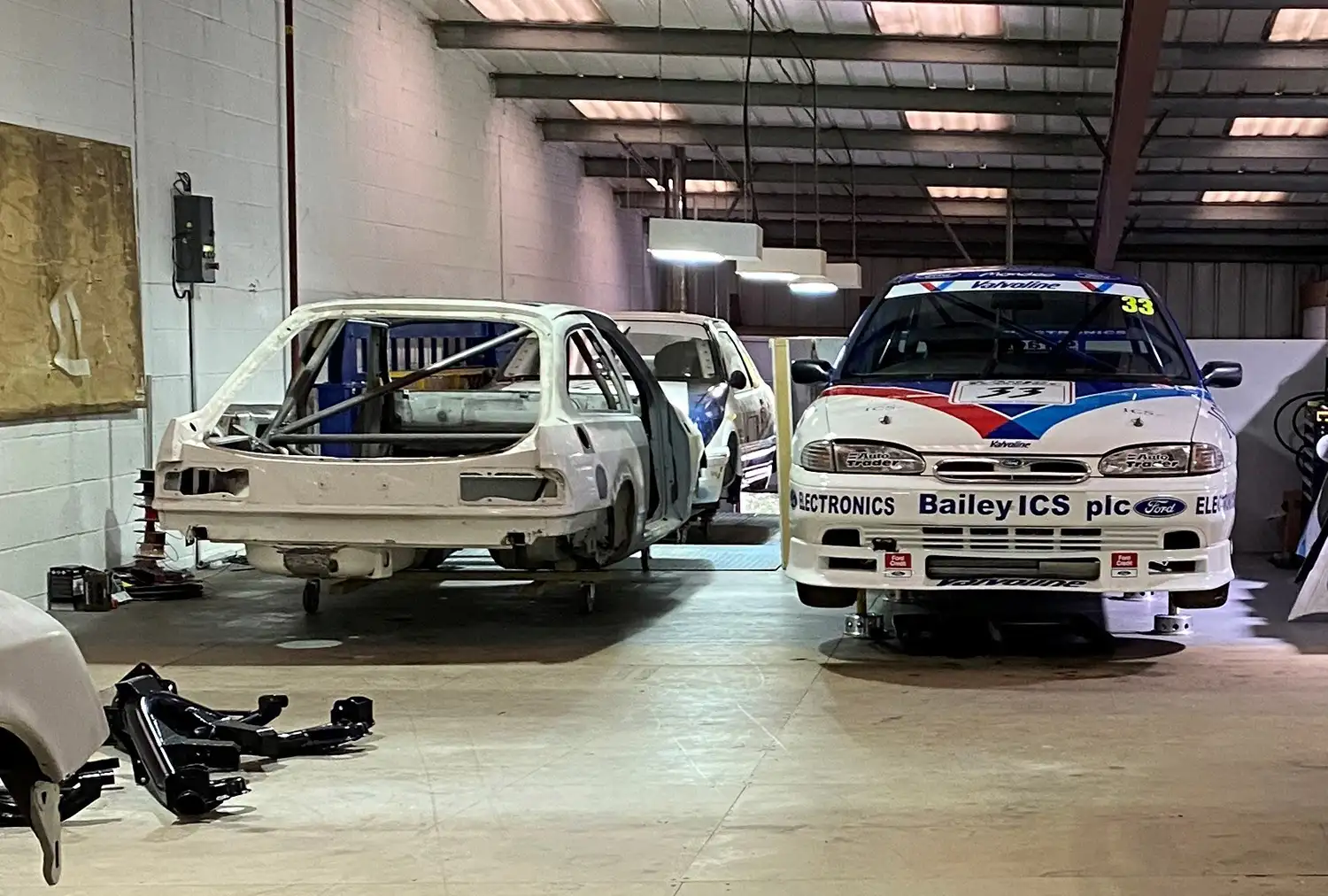
The second vehicle is already in production, utilizing a brand new Motorsport specification bodyshell, while a third donor shell has been secured for the final build. CNC Motorsport has managed all aspects of the fabrication, producing machined parts like uprights, rear arms, and the roll cage, adhering closely to the original Rouse specifications. The company is the only certified producer of period Andy Rouse Engineering cages, approved by Motorsport UK.
Powering the first car is a 575bhp Cosworth YB engine, built by Harvey Gibbs, coupled with a 10-inch viscous differential. Strachan notes, “This project allows us to create a reliable, period-correct car that can compete in historic motorsport at a fraction of the cost of an original. These cars are meant to be raced hard, offering fans the thrilling sight of flame-spitting RS500s on the track.”
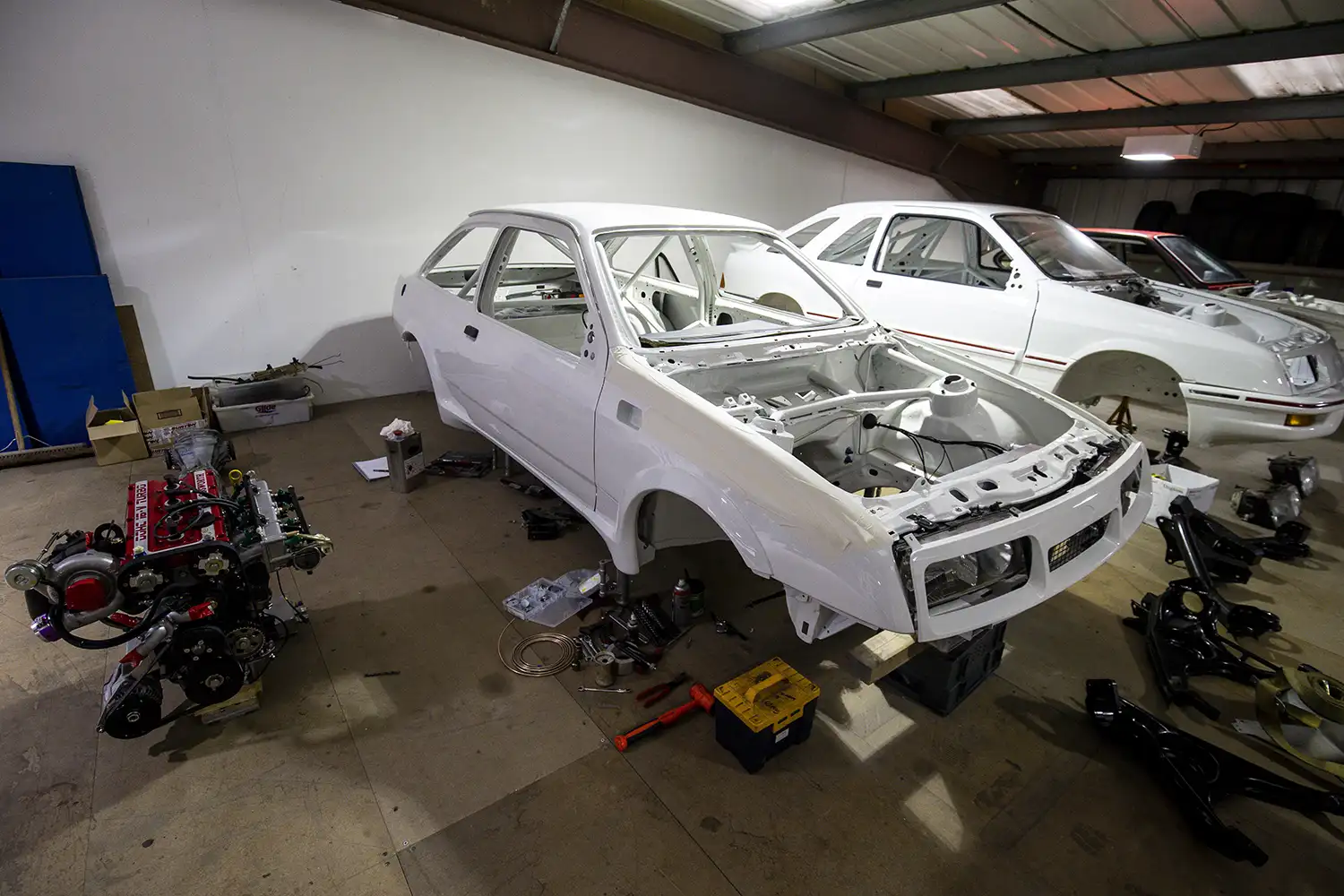
The Ford Sierra RS500 was launched in July 1987, with only 500 units produced, featuring enhancements designed for touring car success. Upgrades included a larger turbocharger, improved intercooler, and modifications to the car’s aerodynamics.
CNC Motorsport, located in the picturesque Cotswolds, is run by the father-son duo of Alan and Andrew Strachan. They specialize in restoring and recreating iconic touring cars from the 1970s and 80s, utilizing modern techniques like CNC machining and 3D printing to ensure both authenticity and reliability in their builds.
Source: CNC Motorsport
This article was crafted with assistance from Chatgpt
